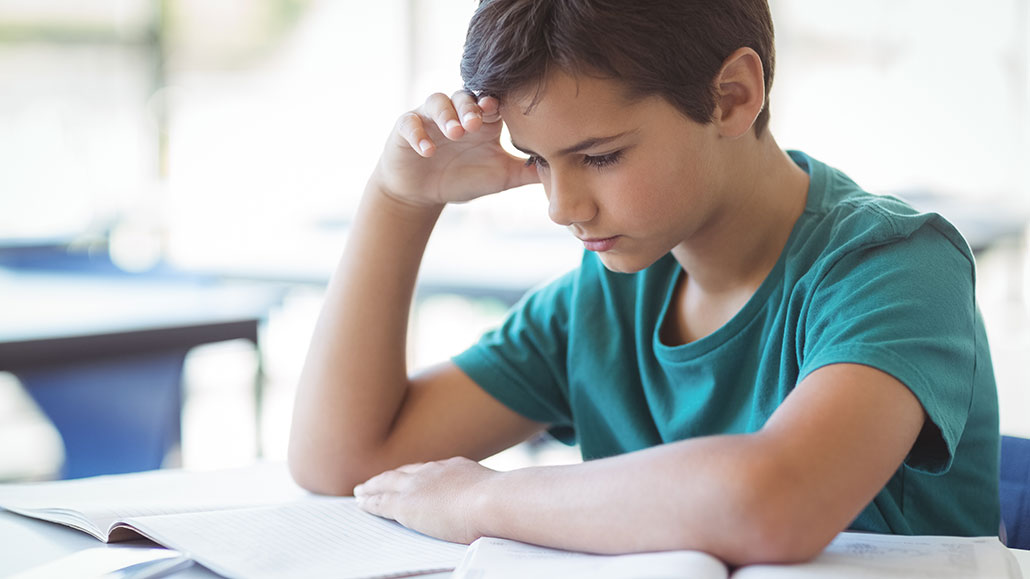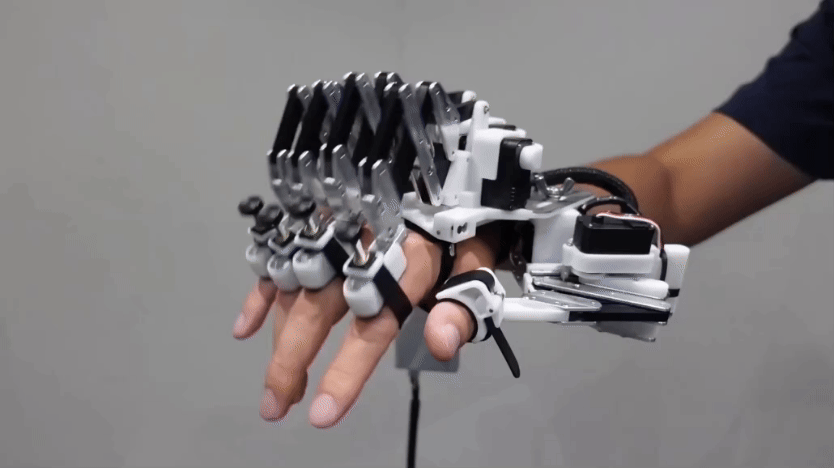Patterns in brain activity can identify who will struggle to read
Those diagnostic patterns show up even while doing math problems, a new study finds

Reading and math use the same brain connections, a new study finds. But that doesn’t mean you’ll be good — or bad — at both.
Wavebreakmedia/iStock/Getty Images Plus
Reading involves several different areas of the brain. A new study finds that connections between these regions can predict how well someone reads. Surprisingly, new data show that the connections that develop while doing mental math computations also predict reading ability.
Chris McNorgan works at the University at Buffalo in New York. As a cognitive neuroscientist, he studies how brain regions interact while we do various tasks. For the new study, he looked at which parts of the brain link up as we read. “Reading involves connecting words that you see on a page with sounds that you hear in your head,” he says. That requires connections between the systems that process vision and hearing, he explains. But making those connections doesn’t come easily for all.
People with dyslexia, for instance, often struggle with reading. This learning disorder makes it hard for the brain to link written letters or numbers to the sounds they represent. The condition does not reflect intelligence. Even bright people who suffer from it may confuse the order of letters and sounds such that they mix up words or their spelling. McNorgan wanted to know what brain connections were behind this.
Investigating links between brain regions is hard. “The whole brain is always doing something,” McNorgan says. As it works, the brain briefly connects different regions. Some links form while thinking. Others connect while reading. Still others form while listening to a teacher or watching a video.
As we mentally shift from one thing to another, some connections break as others form. McNorgan used computers to hunt those links down. He used artificial intelligence systems known as machine learning models. People train them using large data sets. The models learn which features within the data point to something of interest. Here, McNorgan wanted to find out which connections predicted reading ability.
McNorgan trained his model using data from another lab. Those data came from kids ages 8 to 13 as they read a real word or fake word while lying in an MRI machine. That machine scanned their brains to show which areas were active as they read. McNorgan identified the strongest and weakest readers from the group based on test scores. He then used those students’ brain scans to train his machine-learning model.
It found one set of connections in the brains of strong readers. A different set emerged in the brains of kids with dyslexia. Strong readers used the left side of their brains when reading. That’s the side associated with language, McNorgan explains.
“We don’t know why,” he says, but readers who struggled made more use of the brain’s right side. McNorgan says the brain of poor readers may use this side to compensate — “to help get up to speed.”
Surprising link
It’s possible a model will work for one set of data and not another, McNorgan explains. If that happens, it can suggest any signal seen with the training data may just be due to noise. That’s why after training a machine-learning model, researchers test it with a new set of data.
To test his model, McNorgan turned to a second study from the MRI lab. It had asked students do simple multiplication problems in their heads. The same kids also performed some reading tasks. McNorgan used scans for these kids to see if his model could predict which were strong or weak readers.
On a whim, he also decided to test the model with the scans made when the students had been multiplying numbers instead of reading. He didn’t expect the model to find anything. After all, math and reading are very different skills. To his surprise, however, the model identified strong and weak readers with almost perfect accuracy.
“Whatever is going on in that reading network also is showing up while they’re doing another task,” McNorgan now reports. It’s hard to say exactly what strong and weak readers are doing differently when they do multiplication in their head, he notes.
He reported his findings February 12 in Frontiers in Computational Neuroscience.

More questions
Although the brain uses some of the same connections in reading and math, this doesn’t mean someone is going to be good — or bad — at both. “Being a good reader and being good at math are disconnected,” he says. “In fact, you can be a poor reader and be fantastic at math.” But in kids who struggle with both reading and math, McNorgan hopes his research will be the first step in helping to understand why.
Marc Joanisse finds the new study on brain linkages “a unique step forward in how we think about brain differences in children with learning disabilities.” Joanisse, who was not involved with the study, is a psychologist at the University of Western Ontario in Canada. The new findings show that learning disabilities are much less specific than we usually assume, he notes.
“The technique has tremendous promise,” Joanisse says. It can be used to better understand “many different aspects of how the brain works.” He says it may even identify the source of disorders in the brain.







